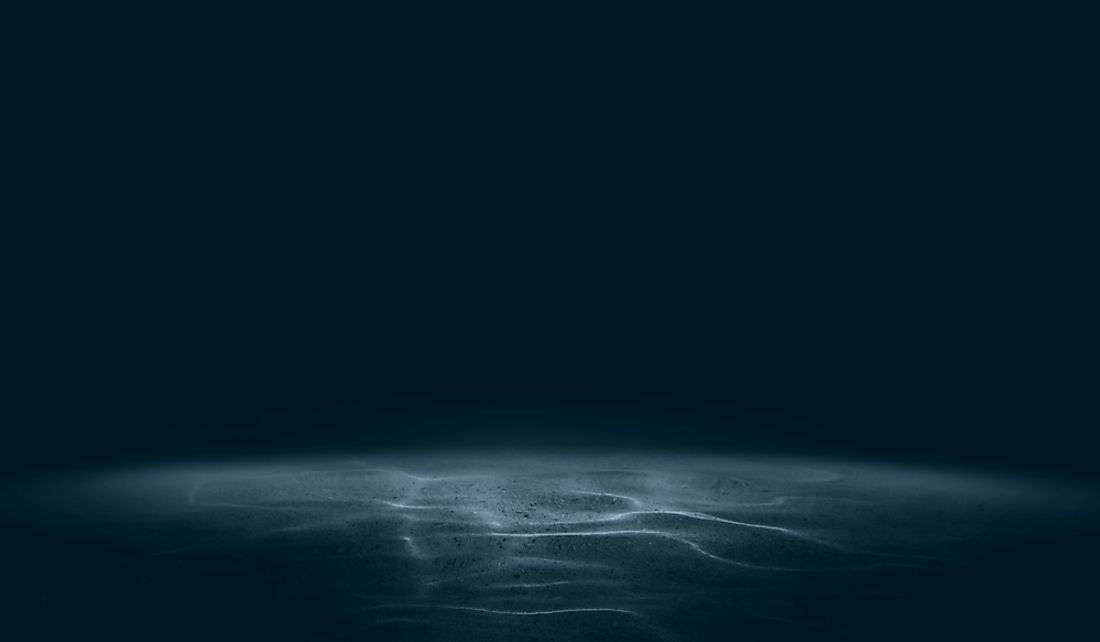Are Blobfish Real?

A blobfish is a fish species that inhabit the deep sea at between 2,000 feet and 3,900 feet below the sea level where the pressure is 60 times greater than the pressure at sea level. Such pressure would make the gas bladder of other fish species become inefficient and unable to maintain buoyancy. The blobfish is, therefore, able to maintain buoyancy due to its gelatinous mass. The gelatinous mass has a density that is less than that of water thereby making it possible for the fish to float just slightly above the floor of the sea without having to burn body energy by swimming. The fish is known to withstand very high pressures because their body lacks muscle. Blobfish are commonly found off the coast of Tasmania, New Zealand, and Australia.
Are Blobfish Really Ugly?
Most people argue that blobfish is the most loathsome creature that ever existed in the universe. Its appearance has been described as an irritable, monstrous, and unattractive while others say that it looks extremely disfigured. It was therefore voted as the ugliest creature on earth in 2013. The observation is due to its pink skin which becomes loose outside water hence splash out and the fact that they are covered by small spines and not scales like other fish species. Others describe the blobfish as having a big head, beady eyes, a huge mouth, and a disfigured nose which in actual sense is a flap of skin.
However, blobfish look really normal in its natural ecosystem in the deep sea where the high pressure maintains its shape. Once the blobfish is removed from its natural environment, it loses its shape through a process of decompression damage. Blobfish normally stay at the bottom of water except if they are dragged out by human beings, normally scientists carrying out research or if accidentally caught by fishermen who use bottom trawling nets.
Adaptation to Survive
The deep-sea creatures are well-adapted to a life of enormous and crushing pressure coupled by less light. Their body is basically jelly-like flesh which enables them to withstand pressure without cracking, getting squeezed, or getting crushed. The unique adaptation is being bladderless, unlike other fish species which has a gas bladder to enhance buoyancy and use their robust muscles to propel them through the water.
Blobfish has neither a natural structural support system nor muscle. They, therefore, dilate and blob out whenever they are brought to lower pressures. Blobfish are of a viscose weight minutely less dense than water which makes it float just a few inches above the seabed many miles below the water surface. Because it is jelly-like, the blobfish is unable to hunt for food. The fish, therefore, feed by their ability to swallow any self-presenting edible matters such as crustaceans, shellfish, sea urchins, and sea pens.
Lifespan and Lifecycle of Blobfish
Very few facts are known about the blobfish due to their deep-sea life. However, their life cycle begins after approximately 900 eggs are laid and secured till they hatch. They then turn into small invertebrates which after sometime grow into big invertebrate before reaching the final stage as blobfish.











